
Global exports of liquefied natural gas in May totaled approximately 23.4 million tons on board 481 vessels, much lower than May 2019’s pace of 30.7 million tons. Approximately 29.7 million tons arrived on 488 vessels at import terminals in May, compared to 30.6 million tons in May 2019.
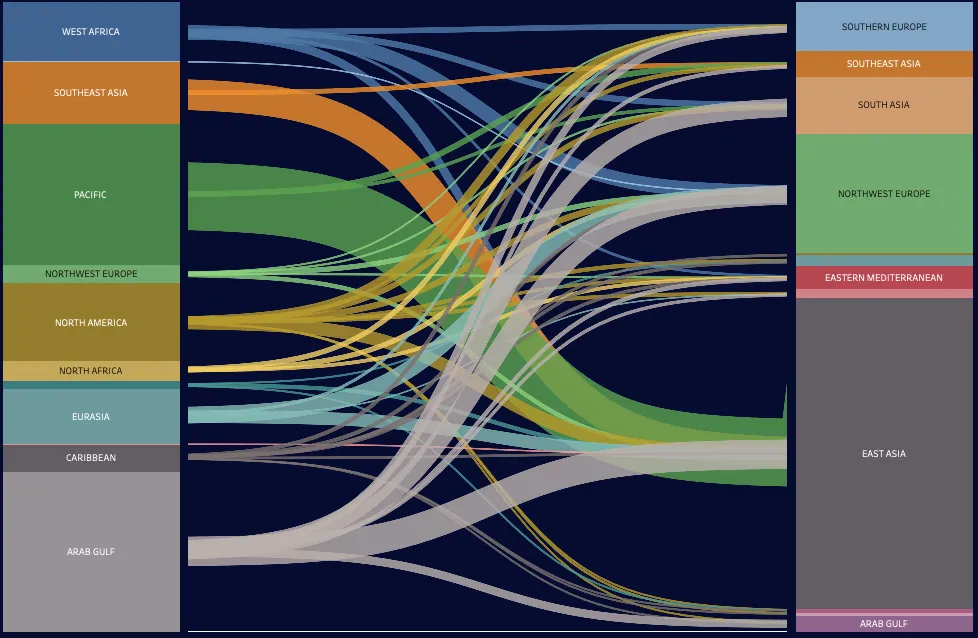
The number of floating LNG cargoes remained volatile last month, with the highest number of vessels at 32 – occurring on May 29.
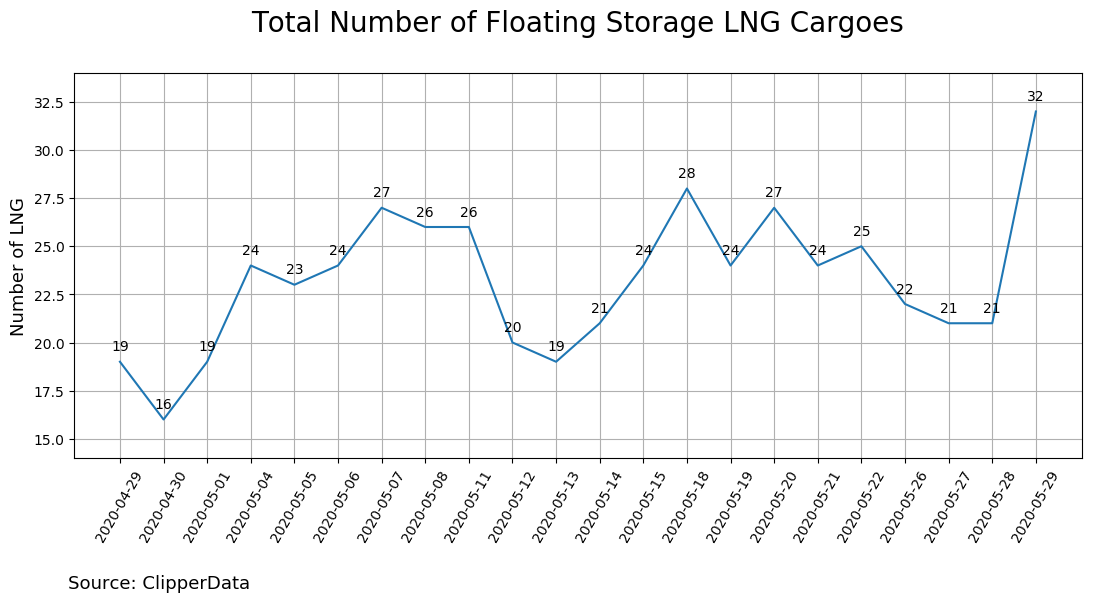
East Asia took in 14.9 million tons of LNG in May, slightly higher than the 14.8 million tons taken in during May 2019. For South Asia, the 2.7 million tons imported in May represented a 16 percent decrease from year-ago levels.

Chinese LNG imports remained strong with 5.8 million tons received on 95 vessels in May 2020, higher than April 2020 imports of 5.3 million tons, while Japanese imports fell from 5.0 million tons in April 2020 to 4.6 million tons in May 2020.
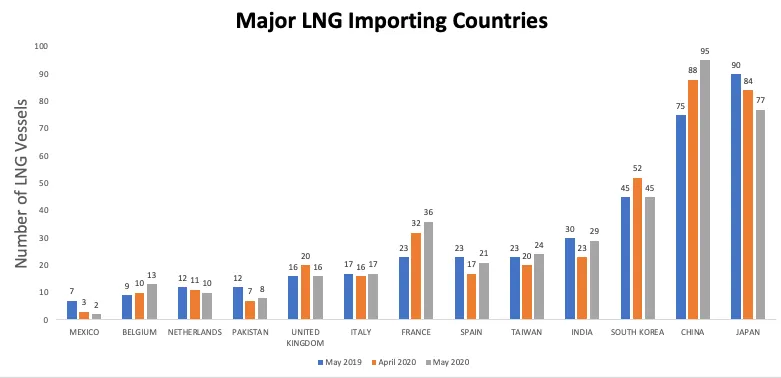
The Asia-Pacific region exported about 7.0 million tons of LNG in May, approximately 0.6 million tons less than in April and up 3 percent year-on-year. Exports from the Arab Gulf came in at 8.0 million tons, higher than the April pace of 7.6 million tons.
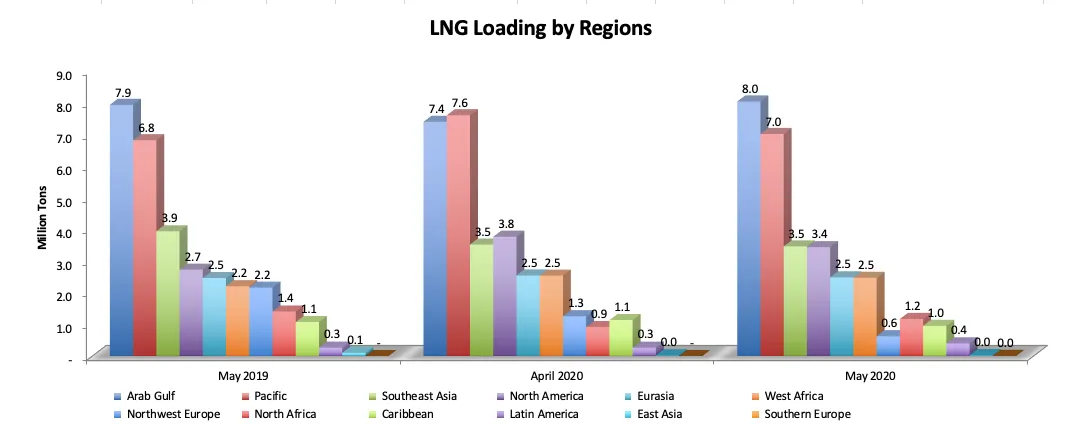
North America exports in May are up 26% on a year-over-year basis to 3.8 million tons, but approximately 0.4 million tons lower than in the month prior. Northern Russia loaded 1.0 million tons last month, down by 0.6 million tons from April 2020 and also 0.6 million tons lower than the volume loaded in May 2019.
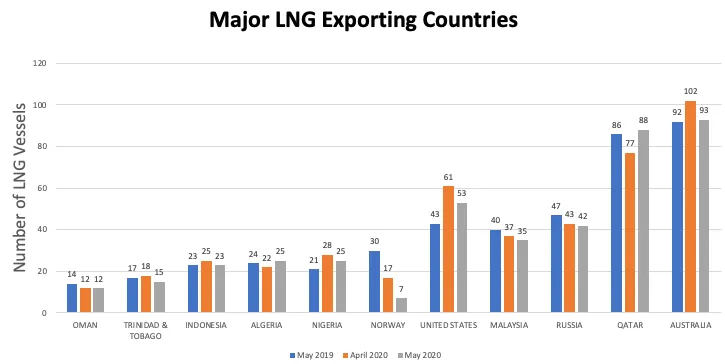
LNG exports are lower for the month of May 2020 from Australia, United States, Norway & Malaysia, while Arab Gulf exports remain normal.
The European reloading arbitrage window remained volatile throughout May 2020, with nine out of 12 reloaded cargoes leaving from European terminals.

During May 2020, 19 vessels left from the Yamal LNG project in Northern Russia, with five vessels arriving at the port of Zeebrugge. Three cargoes left from the Zeebrugge Terminal, Belgium as part of a transshipment of Northern Russian LNG.
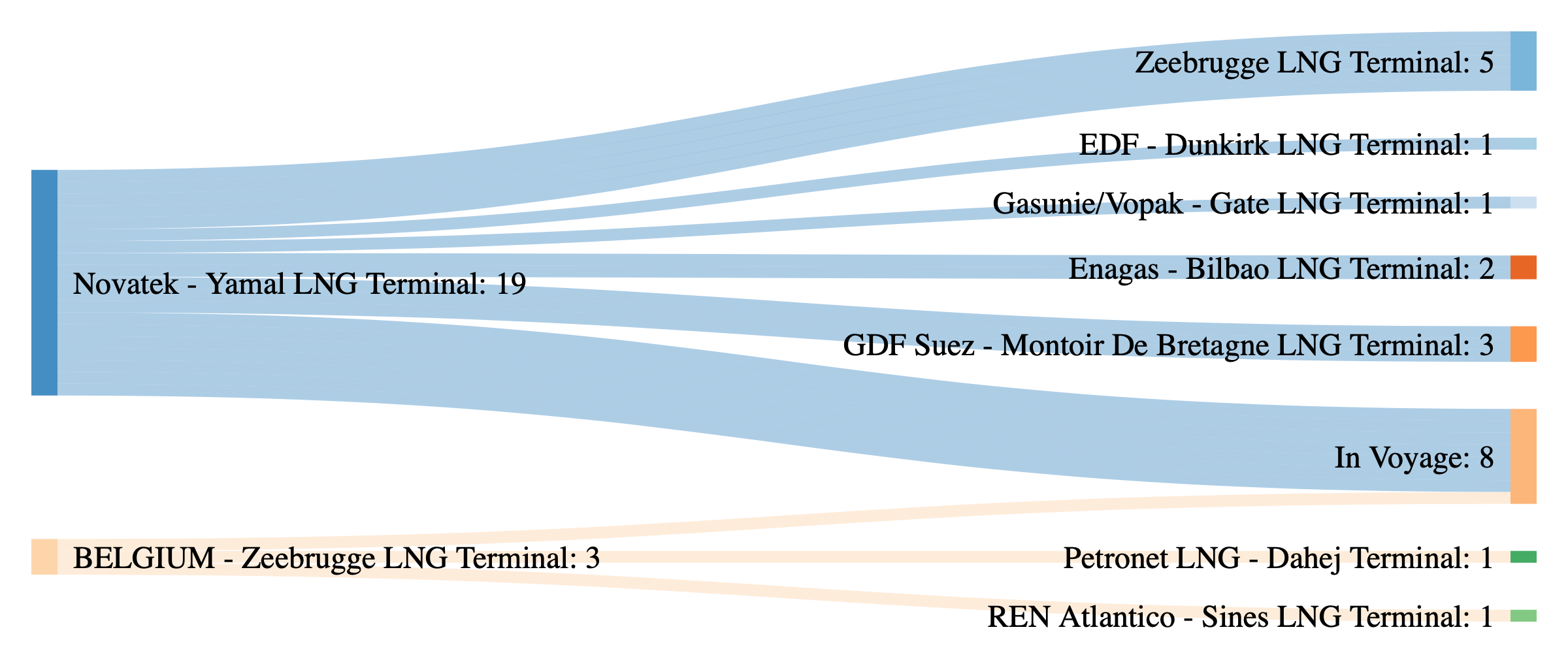
LNG export terminal utilization based upon ClipperData shipping tracking is listed below:
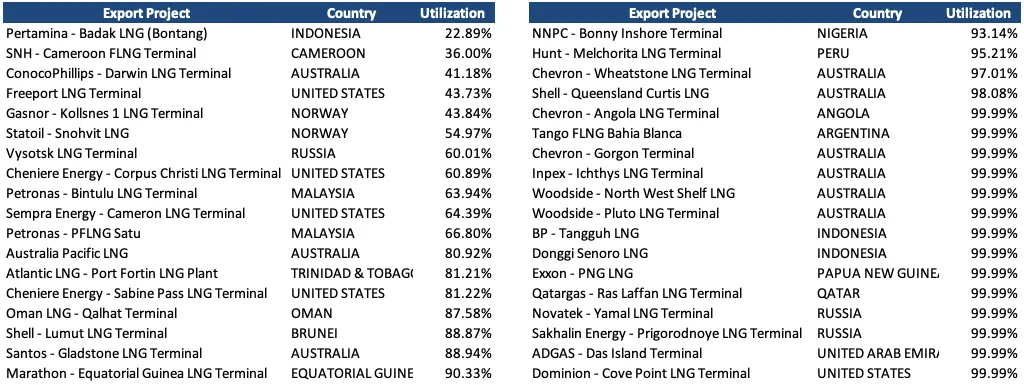
Below is countrywide LNG import terminal utilization:
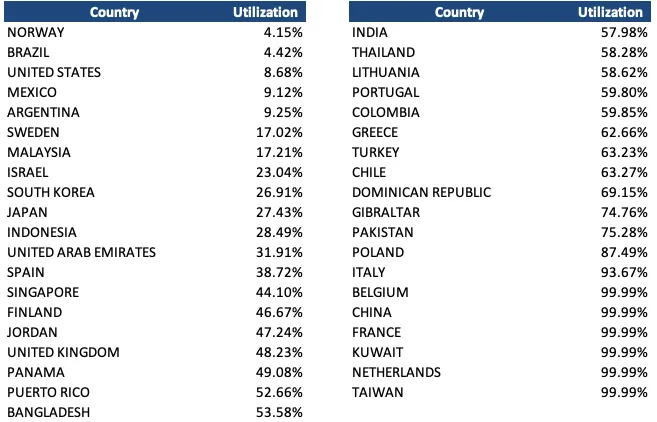
To learn more about the data behind this article and what ClipperData has to offer, visit https://clipperdata.com/.







Sign up to receive our stories in your inbox.
Data is changing the speed of business. Investors, Corporations, and Governments are buying new, differentiated data to gain visibility make better decisions. Don't fall behind. Let us help.







Sign up to receive our stories in your inbox.
Data is changing the speed of business. Investors, Corporations, and Governments are buying new, differentiated data to gain visibility make better decisions. Don't fall behind. Let us help.